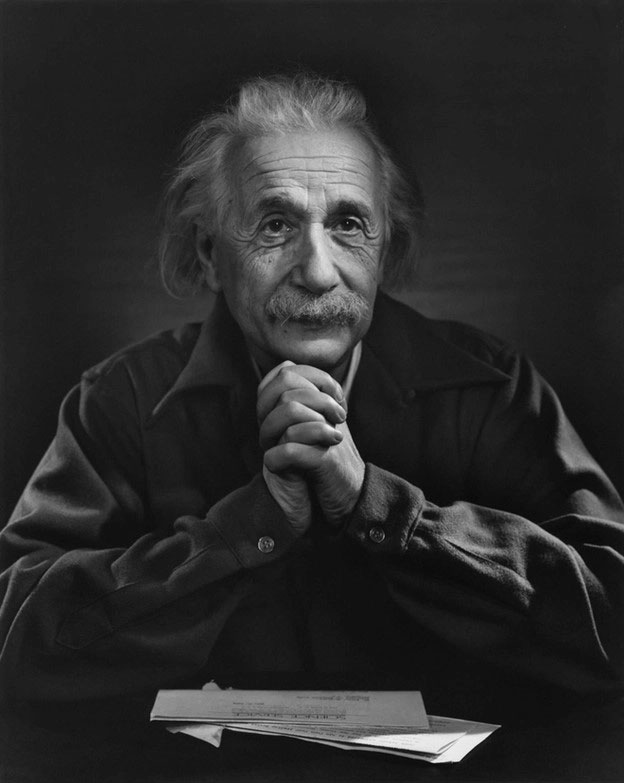For a long time after being “stolen,” the brain of scientist Albert Einstein—one of the most remarkable minds in global science—was kept inside a mayonnaise jar.
Other parts of the brain were found inside a cider jar labeled “Costa Cider” beneath a beer fridge in a man’s laboratory…
Einstein: “I want to be cremated!”
On April 17, 1955, at the age of 76, scientist Albert Einstein was taken to Princeton Hospital with internal bleeding caused by an abdominal aortic aneurysm, leading to his death the following day.
Refusing surgery, he told his family and medical team: “I want to go. Prolonging life artificially is meaningless. I have done my part; it is time to go.” He passed away on the morning of April 18.
Einstein told his biographer: “I want to be cremated so that no one can come to worship at my skeleton.” He was cremated, and his ashes were scattered at a secret location.
After the cremation, Einstein’s family discovered during the autopsy that pathologist Thomas Harvey had removed his brain for research purposes.

Scientist Albert Einstein.
Einstein’s son was unhappy with the fact that his father’s brain was secretly taken without permission, according to IFL Science.
However, Harvey convinced the family to allow him to study the brain to discover what made Einstein’s mind so extraordinary. He promised to publish his findings soon.
What Happened to the Stolen Brain?
For a long time—specifically, 45 years—Harvey kept most of Einstein’s brain in jars of mayonnaise and cider. However, no scientific papers on Einstein’s brain were published during this time.
It wasn’t until 1978, when investigative reporter Steven Levy from New Jersey Monthly met Harvey, that the full story of what happened to this special brain became known.
Harvey measured, weighed, and photographed the division and storage of the brain into 240 blocks at the University of Pennsylvania in Philadelphia.
Upon examining samples of Einstein’s brain for research, Harvey found very few, if any, differences compared to the brains of average individuals. There were no clues to explain why Einstein was so much smarter than everyone else.
Harvey kept the samples secure and refused to let the U.S. military take them.
Shortly after Levy’s article was published, Harvey received numerous requests for a piece of Einstein’s brain for research, including one from neuroscientist Marian Diamond at the University of California, Berkeley (who passed away in 2017).
Harvey mailed four brain samples to Diamond. These samples were contained within a Kraft Miracle Whip mayonnaise jar.
More samples were distributed to other scientists before Harvey transferred the brain to the Princeton University Medical Center in 2004.
“It is a normal brain”
All studies yielded the result: it is a normal brain like everyone else’s.
“There is a difference between a living brain and a dead brain. A living brain has countless things you can study and learn from. But it is quite limited when studying from a dead brain,” Anna Dhody, curator at the Mütter Institute, which houses Einstein’s brain samples, explained to Smithsonian.
Researcher Diamond published a paper in 1985 after receiving a sample of Einstein’s brain. She found that Einstein’s brain had a higher ratio of glial cells, particularly in tissues believed to be associated with imagery and complex thinking.
Another study published in 1996 showed that in Einstein’s brain, neurons were packed more tightly than in control brains.
However, the studies could not determine whether these differences were present from an early age and contributed to Einstein’s thinking or if Einstein’s brain developed this way in response to his complex thoughts.
As for Harvey, secretly taking Einstein’s brain did not bring good fortune to his career, and he lost his job at Princeton Hospital.
When asked why he took Einstein’s brain, Harvey lamented to the Gazette: “I don’t know if anyone else wanted to take this brain!”


















































